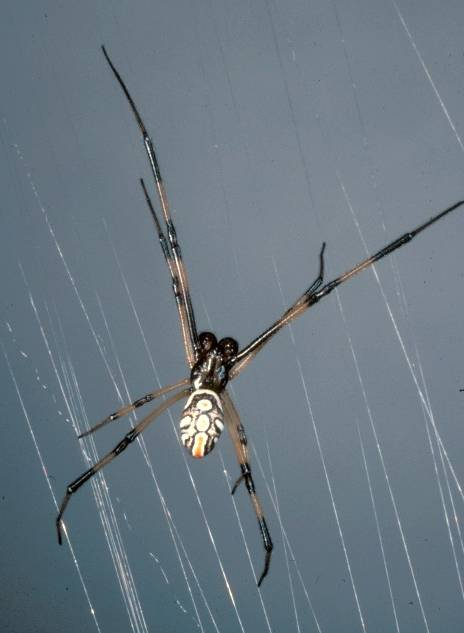Black Widow Spider
 Scientific Name
Scientific Name
Lactrodectus mactans
Habitat
The webs of these spiders are usually built in or beneath objects close to the ground such as under porches, under foundations of buildings, and in basements.
Life Cycle
Egg sacs are brown, papery, about ½ inch long and oval. They hold from 25 to 900 or more eggs, which have an incubation period of 20 days. Growth requires two to three months, with older females dying in autumn after egg laying.
Description

Bite

Control
Please contact your local county extension office for current information.

